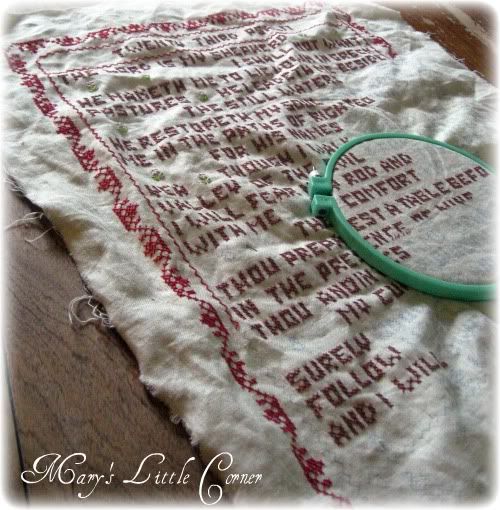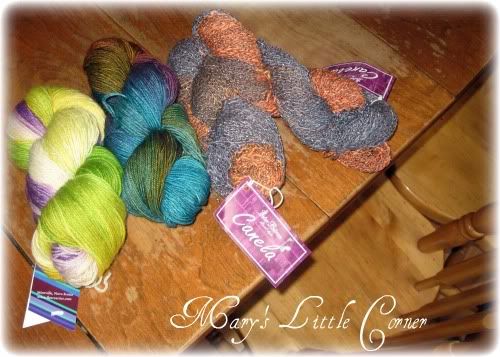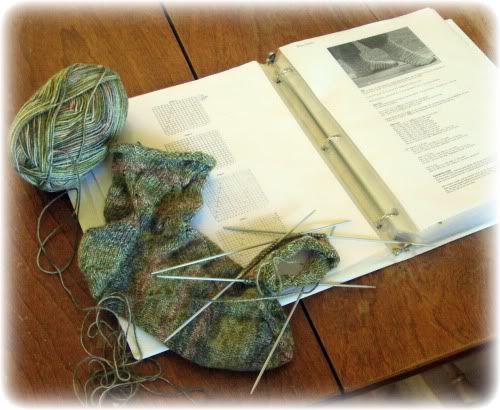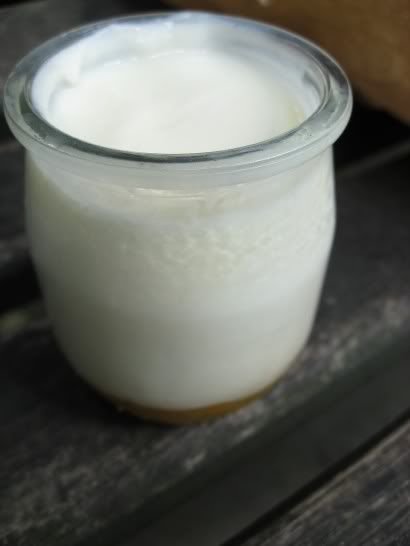









| ||||||||||||||||||||||||
ADRENA+ FACTS:
|


-is less allergic ( because it doesn't contain the complex proteins that stimulate a allergic reaction)
-doesn't suppress the immune system
-much easier for your body to digest and break down
-has more buffering
capacity than over the counter antacids
-alkalinizes the digestive system because it helps to increase the pH of the blood stream.
-doesn't produce mucus
-is a rich source of trace selenium
How To Master The Art of Yogurt Making
***I suggest if you don't have access to un pasteurized milk then goat milk is the next best thing to use.
I want to share the method that helped me finally master the art of yogurt making. I have tried different ways and had always had runny yogurt. I was about to give up and then I found a way I
could master the art of yogurt making.
First warm your oven to about 350* for 4 minuets and then turn off oven and leave on the oven light.
While I do this I heat up my half gallon of milk on medium heat on the stove to 180* degrees. ( it took me about 30 minutes ) I monitor this with my candy thermometer.
I turn off the burner and set the pan on the table on a hot pad to cool near me where I knit. I let it cool down to about 115* to 120*.
I take out one cup of the warm milk and wisk 8 Tablespoons of yogurt with active bacteria ( my starter). ***Important... make sure the yogurt is room temp.***
I then pour it back into the pan and wisk it a bit more.
After you have mixed it then pour into clean quart jars and place on a cookie sheet in the warm oven. Leave the oven light on and let the yogurt
set between 4-8 hours till thickened. If you let it go beyond 8 hours it will be more sour.
I calculated by making your own yogurt you can spend 1/4
the cost of what it would cost you in the store.
To Make It Even More Tightwad’ish…
.
One way to make this even more of tightwad’ish tip is to take your store bought yogurt (…your starter) and pour and freeze in ice cube trays. After frozen transfer future yogurt cubes into a zip-lock bag and place in freezer till you need them. four ice cubes equals 8 Tablespoons. When you need your starter defrost 4 ice cubes and bring them to room temperature and use.
. You can also piggyback starters by using some of the yogurt from your batches of yogurt up to 3 or 4 times (piggy backing). And then you need to defrost another 4 yogurt ice cubes to start over again. If you try to piggy back over 4 times you are more than likely get tarter yogurt. This makes it so it is just pennies in your cost of yogurt
starter.
Extra Hints
…if your starter is tart you will probably get tart yogurt.
.
Only make enough yogurt that you will use up in 5 days and then make another batch.
.
I found if I wanted a thicker yogurt I used 2 % or whole milk. Or after you make your yogurtwith 1% milk or skim you can strain on a coffee filter or cloth like a pillow case in a colander to make a more Greek style yogurt
. ( save whey to use in bread or soup ).
PS: I found this neat fact( from here)...
Yogurt contains probiotics — good bacteria that line our intestines and defend our body against invading germs. Buy plain yogurt to get fewer calories and less added sugar than you do from fruit-flavored versions, and add your own sweetness with a teaspoon of honey (which may also be an immune booster, because it feeds good bacteria in our gut). To make sure your yogurt contains probiotics, look on the container for the National Yogurt Association's "Live and Active Cultures" seal, which means there are at least two types of healthy bacteria and 100 million bacteria per gram.
